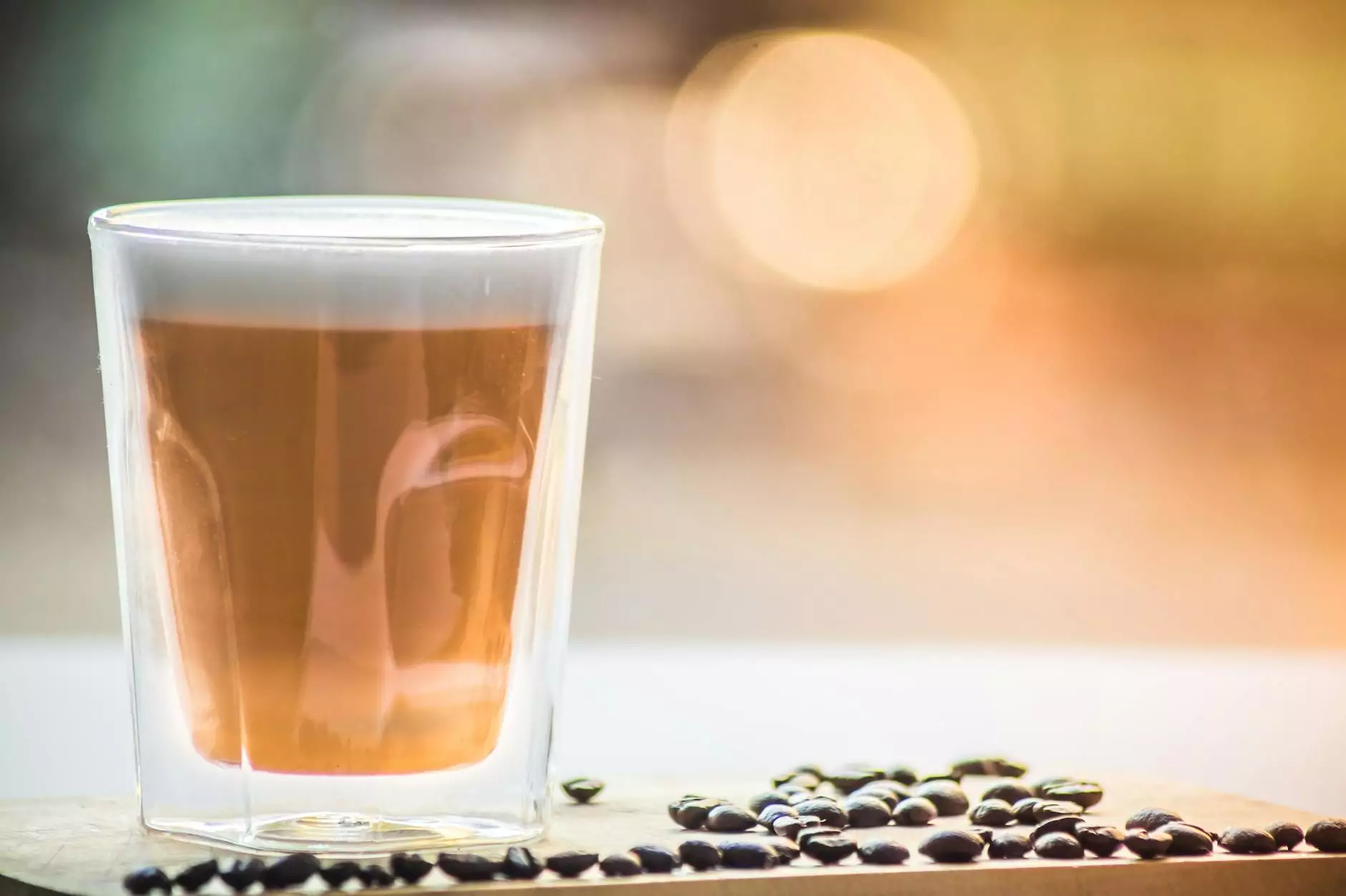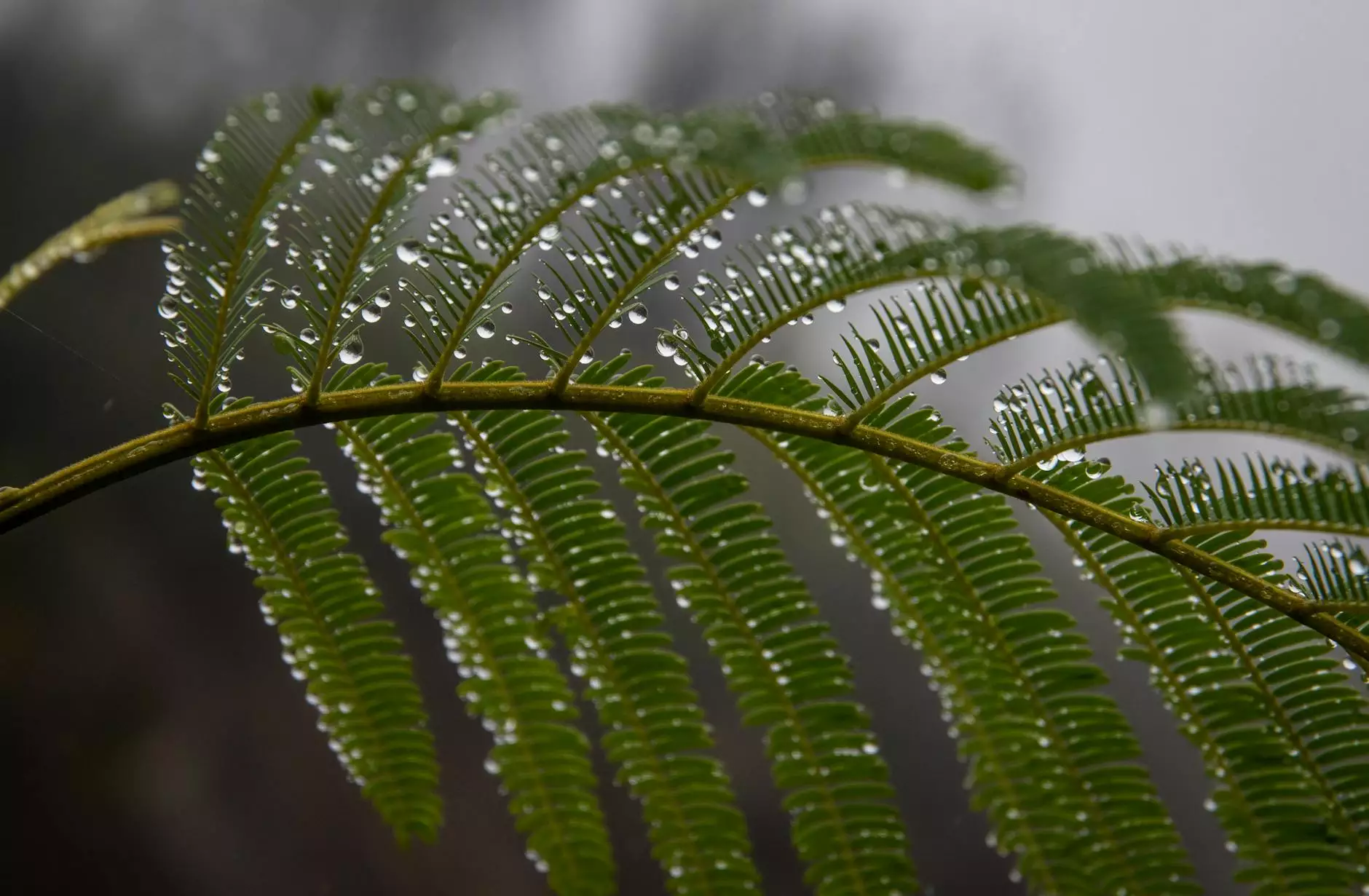Arabica vs Robusta vs Liberica: The Ultimate Coffee Bean Comparison

Coffee is one of the most consumed beverages worldwide, with millions of people relying on it to start their day. However, not all coffee is created equal, and the type of coffee bean used plays a crucial role in determining the overall flavor, aroma, and experience of the beverage. In this comprehensive guide, we delve into the intricacies of Arabica vs Robusta vs Liberica coffee beans, exploring their unique characteristics, growing conditions, and flavor profiles.
Understanding the Coffee Plant
The coffee we enjoy comes from the seeds of the coffee plant, which belong primarily to two species: Coffea arabica and Coffea canephora (commonly known as Robusta). Additionally, there exists another lesser-known species called Coffea liberica. Each of these species contributes to the diverse world of coffee, offering distinct flavors and growth requirements.
Arabica Coffee Beans
Arabica coffee beans are renowned for their sweet, soft taste and higher acidity, which make them a favorite among coffee enthusiasts. Originating from the highland regions of Ethiopia, Arabica is now cultivated in numerous countries around the world.
Flavor Profile
- Taste: Arabica beans offer a wide range of flavors, including floral, fruity, and nutty notes.
- Acidity: They possess a brighter acidity compared to Robusta, which enhances their flavor complexity.
- Body: The body is generally light to medium, providing a smooth mouthfeel.
Growing Conditions
Arabica plants thrive in higher altitudes, requiring cool temperatures and ample rainfall. They are more challenging to cultivate due to their susceptibility to pests and diseases, making them more expensive than other varieties. Typically, Arabica coffee is grown at elevations between 2,000 to 6,000 feet, where the optimal climate preserves its delicate flavors.
Market Distribution
Arabica coffee accounts for approximately 60-70% of the world’s coffee production. Its high demand in specialty coffee markets drives innovation and sustainability efforts in its cultivation.
Robusta Coffee Beans
Robusta coffee beans, originating from sub-Saharan Africa, are known for their strong, bold flavor and higher caffeine content. This species is often preferred for making espresso due to its full body and crema-enhancing properties.
Flavor Profile
- Taste: Robusta has a more bitter, earthier flavor compared to Arabica, with a hint of chocolate or nutty undertones.
- Acidity: The acidity is low, providing a smooth taste with less brightness.
- Body: Robusta beans have a heavier body and more robust mouthfeel.
Growing Conditions
Robusta plants are hardier and more resilient than Arabica. They can thrive at lower altitudes, require less rainfall, and are resistant to many pests and diseases. Typically grown at elevations between 1,000 to 2,000 feet, Robusta coffee is easier and more cost-effective to produce.
Market Distribution
Robusta beans account for about 30-40% of global coffee production and are often used in instant coffee, blends, and espressos due to their robust flavor and caffeine content.
Liberica Coffee Beans
Liberica coffee beans are the least common of the three categories. They have a distinct flavor and aroma, which can be polarizing among coffee drinkers. Liberica is primarily grown in West Africa and Southeast Asia.
Flavor Profile
- Taste: Liberica offers a unique combination of floral, fruity, and sometimes smoky flavors, giving it a distinctly woody profile.
- Acidity: It has a mild acidity that complements its complex taste.
- Body: The body can vary but is generally considered medium to full.
Growing Conditions
Liberica plants are tolerant of heat and can grow in a variety of soil types, making them more adaptable than Arabica. They flourish in lower altitudes, similar to Robusta, and do not require the same level of care, contributing to their rarity.
Market Distribution
Although Liberica is not as widely produced or consumed as Arabica or Robusta, it is appreciated in certain regions for its unique taste. The market share for Liberica is minimal, making it a niche option for adventurous coffee drinkers.
Comparative Analysis of Arabica, Robusta, and Liberica
When discussing Arabica vs Robusta vs Liberica, it’s essential to consider various factors such as flavor, price, cultivation, and market presence.
Flavor Comparison
In a direct comparison of flavors:
- Arabica: Known for its sweet, complex flavor with hints of fruit and floral notes.
- Robusta: Presents a stronger, bolder taste, often perceived as bitter, with earthy undertones.
- Liberica: Offers a unique, sometimes polarizing taste that combines floral, fruity, and woody elements.
Price and Production
From a financial perspective, Arabica tends to be more expensive due to the labor-intensive growing conditions and lower yield per plant. In contrast, Robusta is more affordable and widely produced. Liberica, being the rarest, is often priced variably depending on the region of cultivation.
Market Trends and Consumer Preferences
Consumers are increasingly seeking high-quality, specialty coffees, elevating the demand for Arabica and unique varieties like Liberica. Meanwhile, Robusta remains popular for its affordability and use in espresso blends, catering to a different segment of coffee drinkers.
The Science Behind Caffeine Content
Caffeine content varies significantly across these coffee bean types, impacting flavor and consumer choices:
- Arabica: Contains about 1.2% to 1.5% caffeine.
- Robusta: Has a higher caffeine level, ranging from 2.2% to 2.7%.
- Liberica: Generally has caffeine content similar to Arabica, with slight variations.
Conclusion: Choosing Your Coffee
Ultimately, the choice between Arabica vs Robusta vs Liberica comes down to personal preference and the desired coffee experience. Whether you enjoy the smooth, sweet notes of Arabica, the bold and robust profile of Robusta, or the unique characteristics of Liberica, there is a coffee type suited to every palate.
As consumers become more informed about their choices, the coffee industry continues to evolve, focusing on sustainability, quality, and the distinct flavors that each coffee bean offers. With this knowledge, you are now equipped to explore the fascinating world of coffee and make an informed decision for your next brew!









